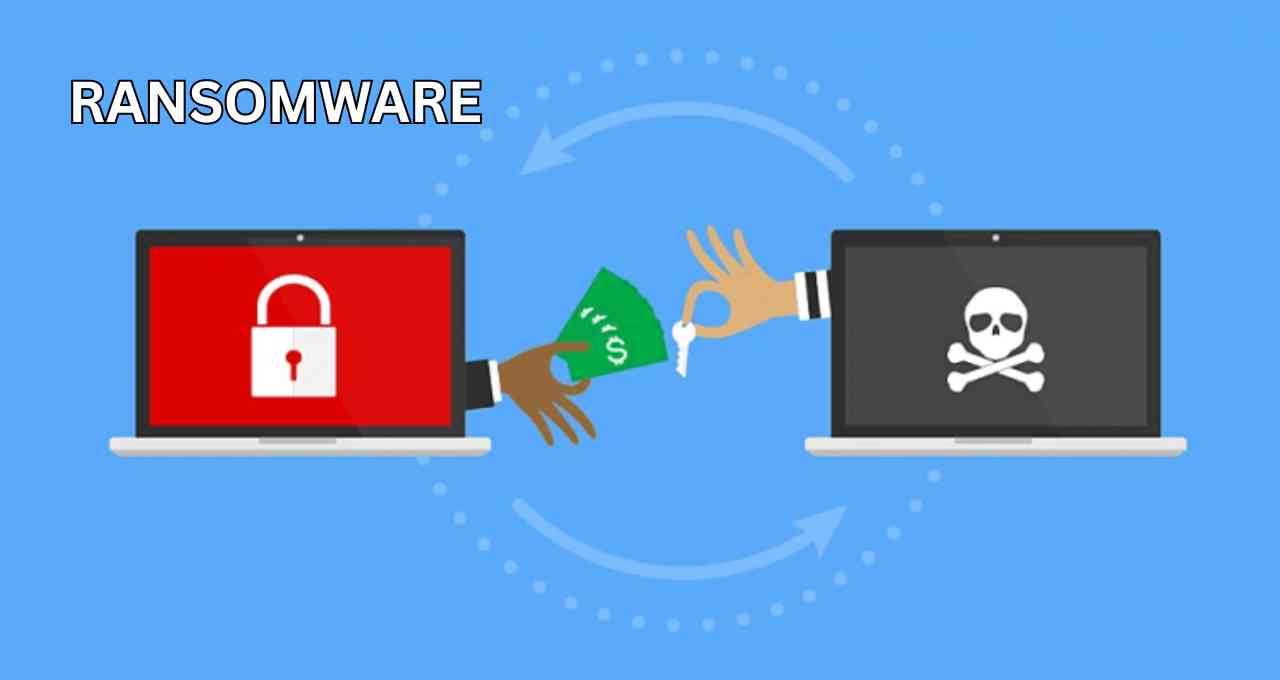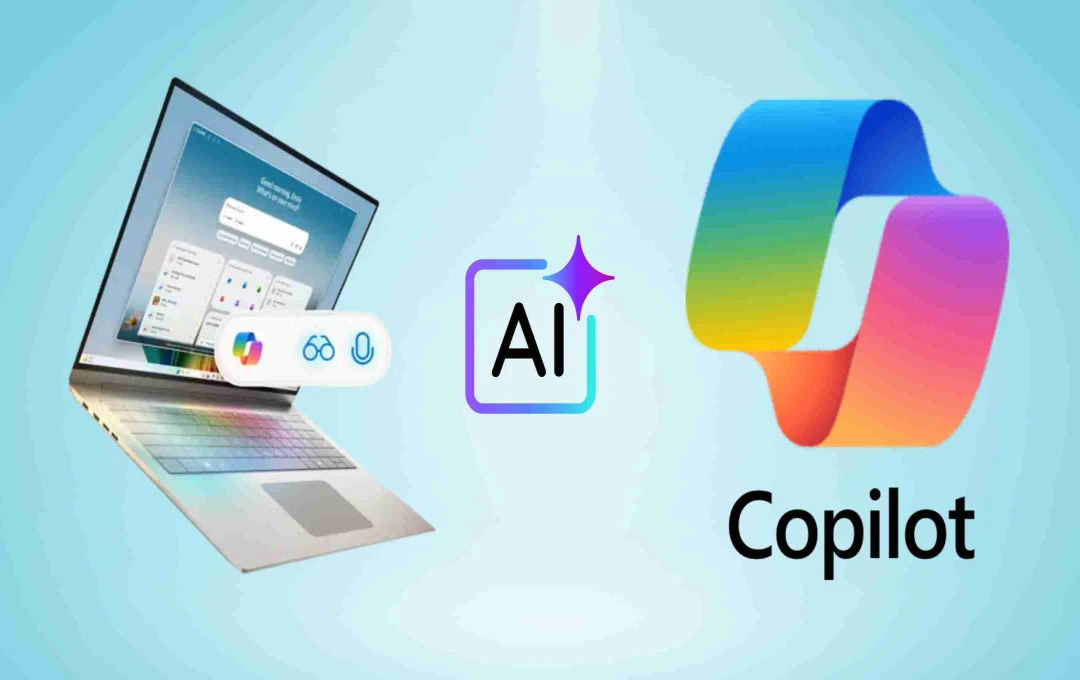In the digital age, cyber attacks have become a serious threat to ordinary users and large corporations alike. Hackers use techniques such as Phishing, Ransomware, DDoS, and Keylogging to steal data, crash systems, and inflict financial losses. AI and Machine Learning have made these attacks faster and smarter, making vigilance essential.
Cyber Attack Technology 2025: In the digital age, cyber attacks are no longer limited to large corporations; ordinary users are also falling victim to them. Techniques like Phishing, Ransomware, DDoS, and Keylogging are being employed by hackers. AI and Machine Learning have made these attacks even faster and smarter. Cyber criminals target online systems and personal data to cause financial damage or data theft, making security and vigilance essential for every user.
Major Cyber Attack Techniques
- Phishing: This is the most common cyber attack, where hackers send fake emails or messages. These appear identical to legitimate company communications. When a user clicks on them or enters information, passwords, bank details, or personal data are stolen.
- Malware and Ransomware: Malware infiltrates devices, corrupts files, or steals data. This category includes viruses, Trojans, and spyware. Ransomware technology involves locking a system and then demanding a ransom. Many large companies pay millions to recover their data.

Other Cyber Attacks and the Role of AI

- DDoS Attack: Thousands of requests are sent to a website or server, overloading the system. This technique often targets large corporations and government portals.
- Keylogging and AI Attacks: Keylogging records every keystroke on a keyboard. Meanwhile, cybercriminals employ smarter methods using AI and Machine Learning, such as deceiving people through fake voice calls or deepfake videos.
Measures to Prevent Cyber Attacks
- Use b and unique passwords.
- Keep two-factor authentication enabled.
- Do not click on suspicious links or emails.
- Always keep your system and antivirus software updated.
Cyber attacks are no longer merely a technical challenge; they have become a matter of everyday security. AI and new technologies have made them even more complex. Users and companies must remain vigilant to protect their data.














